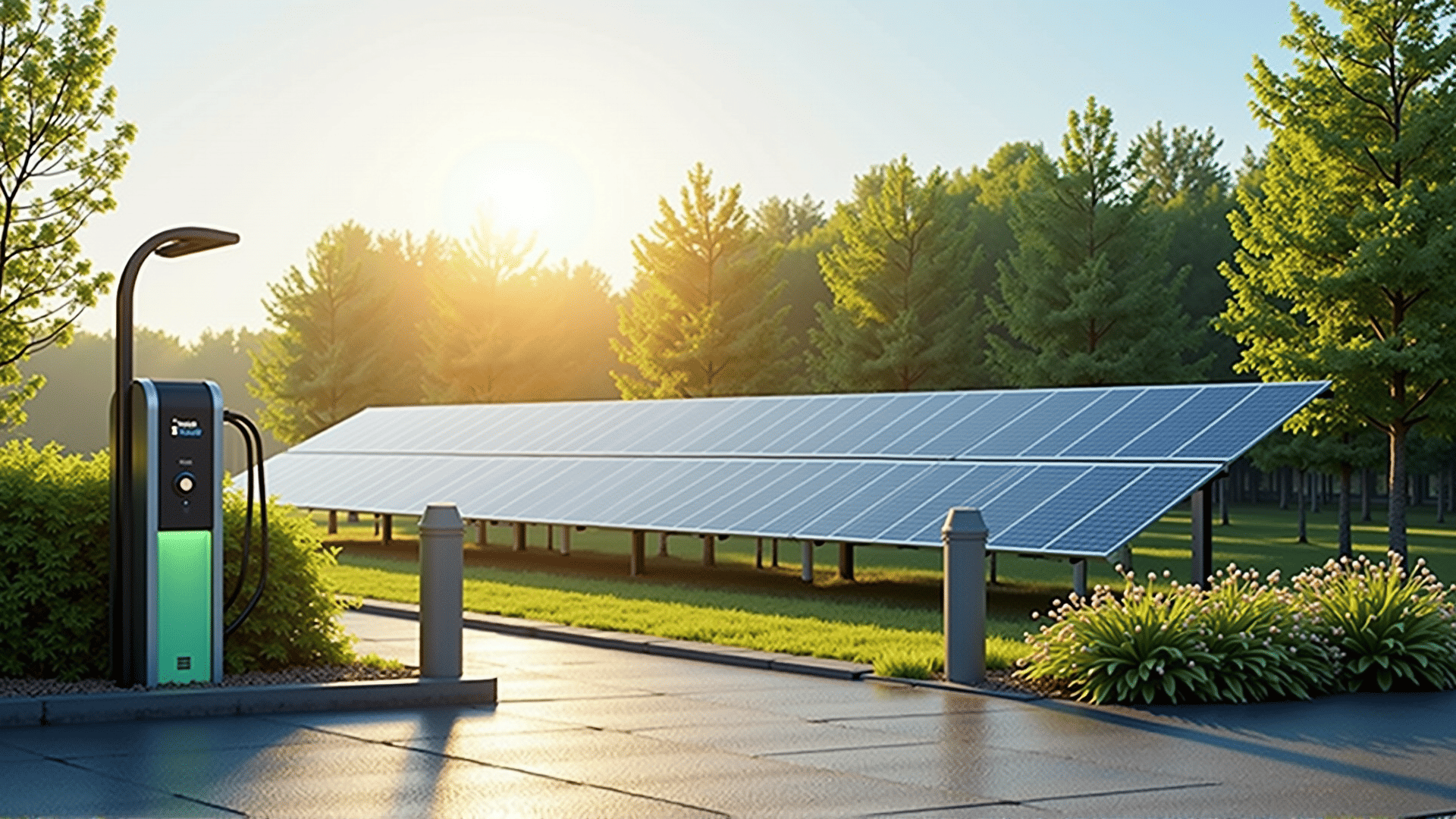As the global push for renewable energy gains momentum, integrating electric vehicle charging stations with solar power solutions emerges as a pivotal stride toward a sustainable future. This combination presents a harmonious approach to reducing carbon emissions, enhancing energy efficiency, and promoting the widespread adoption of electric vehicles.
The integration of electric vehicle charging infrastructures with solar power systems offers multifaceted advantages. Primarily, it reduces dependence on non-renewable resources, significantly curtailing greenhouse gas emissions. By harnessing solar energy, charging stations operate on clean, renewable power, making the entire cycle from energy generation to vehicle operation environmentally friendly.
Besides its environmental benefits, the synergy between electric vehicle charging stations and solar energy enhances energy independence. Incorporating solar panels with battery storage systems ensures a reliable power supply, even in the absence of sunlight or during grid outages. This reliability is crucial for maintaining consistent service at charging stations, fostering consumer confidence in electric mobility.
Cost efficiency represents another compelling advantage of this integration. Over time, solar-powered charging stations can lead to substantial savings by reducing electricity bills and operational costs. Initial investments in solar technology can be offset through incentive programs and tax benefits provided by governments keen on accelerating the transition to green energy. Moreover, as technology advances, the cost of solar panels continues to decline, making this integration increasingly affordable for businesses and municipalities.
Incorporating smart technology further optimizes the synergy between electric vehicle charging and solar energy. Advanced management systems can dynamically allocate solar power to where it is most needed, balancing between vehicle charging and storing excess energy for future use. This not only maximizes efficiency but also ensures optimal utilization of the generated solar energy.
Additionally, this integration paves the way for the development of smarter cities. By aligning with urban planning initiatives focused on sustainability, solar-powered charging stations can become an integral part of the infrastructure of future cities. They provide scalable solutions that can adapt to growing urban populations and increased EV ownership.
Real-world implementations of these systems are already underway. Various regions worldwide have introduced pilot projects demonstrating the viability and benefits of solar-integrated charging stations. These projects serve as testaments to the feasibility, scalability, and positive impact of such innovations, encouraging further adoption on a larger scale.
In conclusion, merging electric vehicle charging stations with solar power is a forward-thinking approach that aligns with global sustainability goals. This combination not only addresses environmental concerns but also ensures energy reliability, economic savings, and smarter urban development. As technological advancements continue to reduce costs and enhance efficiency, this integration stands poised to play a central role in the sustainable energy landscape.
